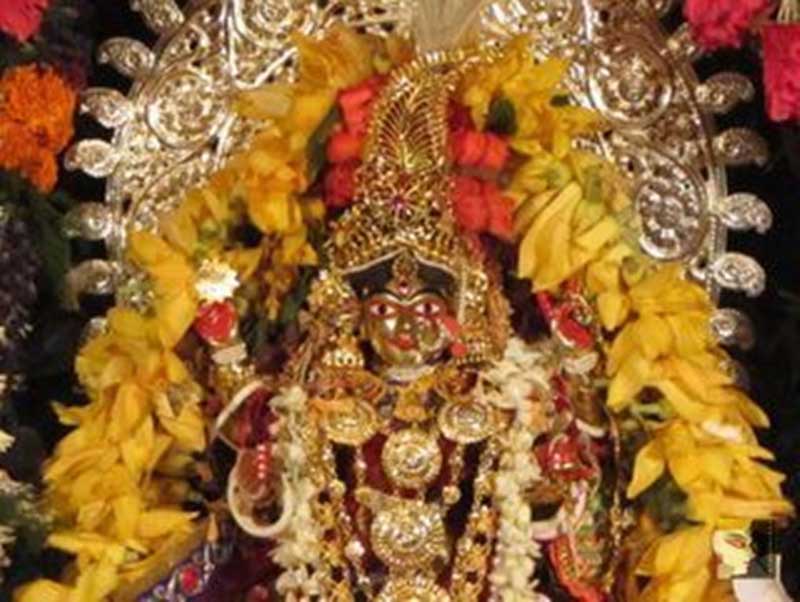
Amidst the brisk and crowded life of North Kolkata, quietly stands the gorgeous Mallcik Bari in Pathuriaghata, with one of the most graceful Thakur Dalans framed with a series of iron arches.
Even before the arrival of the British, there were many rich and famous families in Calcutta with their flourishing business. They earned a fortune either by trading in gold, silver, silk, cotton, salt, and opium or were involved in businesses like shipping, transport and etc. When the British started to take over the country in the mid eighteenth century, these families tried successfully to take advantage of the prevailing situation. They tried to gain the confidence of the British and joined their services as ‘munshis’ (teachers), ‘banians’ (clerks), officials or commissioners.
They also tried to imitate the British to exhibit their superiority among the commoners. As they had enough money, they engaged the British architects to build their large and luxurious mansions in Gothic, neo-Gothic styles with Doric or Iconic pillars, to show their grandeur and pride. Those majestic buildings had an outer façade of polished plaster made from organic lime of burnt shells. Decorative tiles and murals were also used to exhibit the pomp and splendour of the owners. An inner courtyard, known as ’Thakur Dalan’, with a place for the worship of the family deity, was a common feature. The inner courtyard was surrounded by colonnaded balconies. The family quarters were upstairs, again along the balconies, where visitors or outsiders were not entertained. Even in those days, the courtyard of Jadulal Mallick’s house in north Calcutta was famous for its intricate cast iron works.



During the seventeenth century, Rajaram Mallick shifted to Calcutta from Triveni. His great-grandson Nimaicharan earned a fortune in salt trade and real estate business, which ultimately brought prominence of his family into the political and social circles.
An interesting story is connected to this family. It is said that, Goddess Singhabahini once appeared before Rajaram’s ancestor Baidyanath Dey Mallick, in his dream and instructed him to bring her from Chandranath Hills in Chittagong, now in Bangladesh. Simultaneously, she also instructed the priest in the particular temple, to hand her over to Baidyanath, as and when he reports. Accordingly, Baidyanath visited Chittagong, climbed to the top of the hill and the priest of the temple gifted him the idol, as instructed. Since then, Maa Singhabahini has become their family deity. Later, it was brought to Calcutta from Triveni. After many years, when Ramkrishna Paramahansa Deb visited the family in 1883, he became very much moved at the sight of the goddess and immediately entered a deep reverie, which is popularly known as ‘Samadhi’.

The famous ‘Mallick Bari’ of Pathuriaghata is situated at 32, Darpanarayan Street, next to the turrets of the Tagore Castle. Three large structures have already come up next to this building and one of them is the Burrabazar Branch of Metropolitan School, established in 1887. The Mallicks have contributed enormously for charitable purposes. Jadulal Mallick was a philanthropist. He donated a huge amount of money to his alma mater, the Oriental Seminary, from where he passed the school leaving examination, known as the Entrance Examination in those days. Later, a road in the locality was named after him.
His son, Manmathanath Mallick was known for his expensive habits. Ridiculously, he bought a pair of zebra from Alipore Zoological gardens to pull his carriage through the streets of Calcutta and got his carriage painted in Zebra colors. Unfortunately, one of the poor creatures died soon after. One of the grandsons of Jadulal Mallick, Pradyunno Kumar Mallick had 35 cars, out of which 10 were Rolls Royce.
